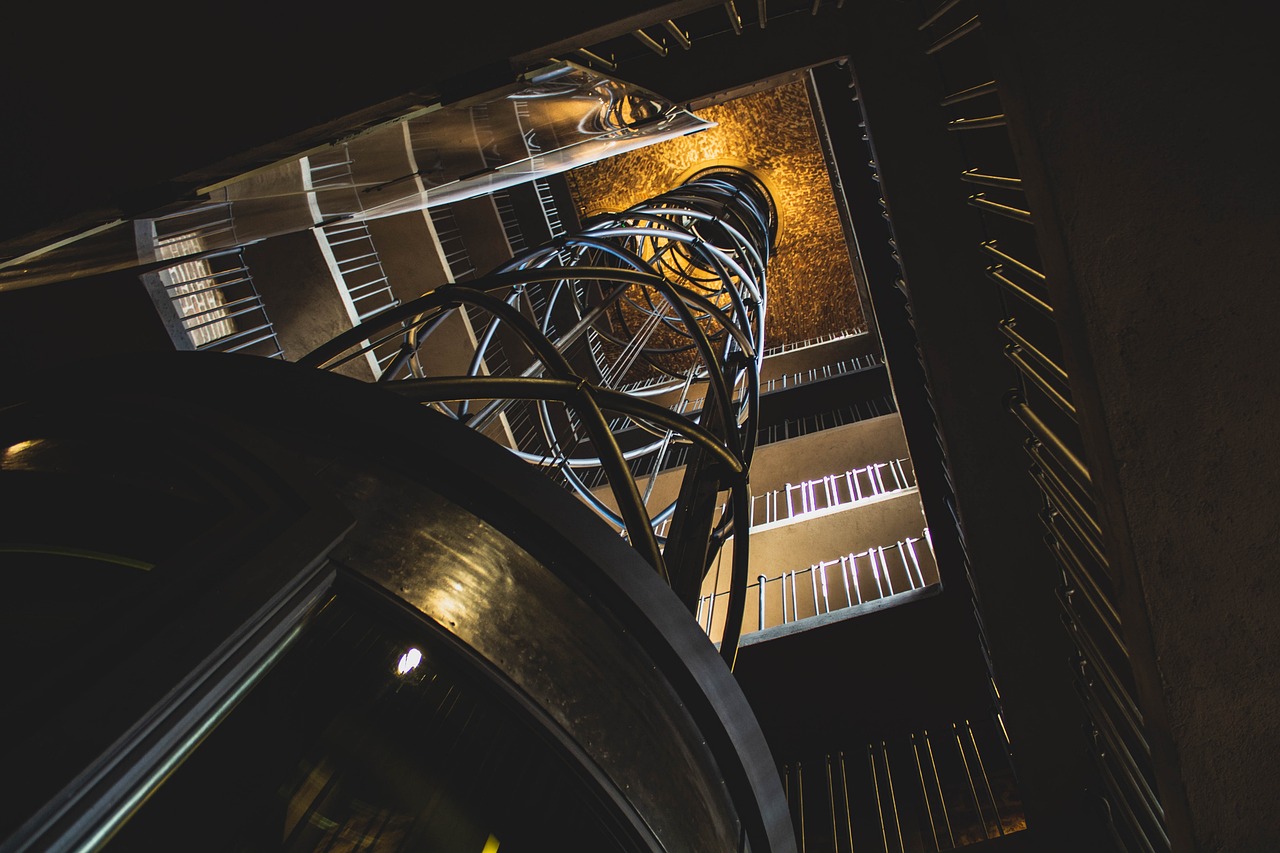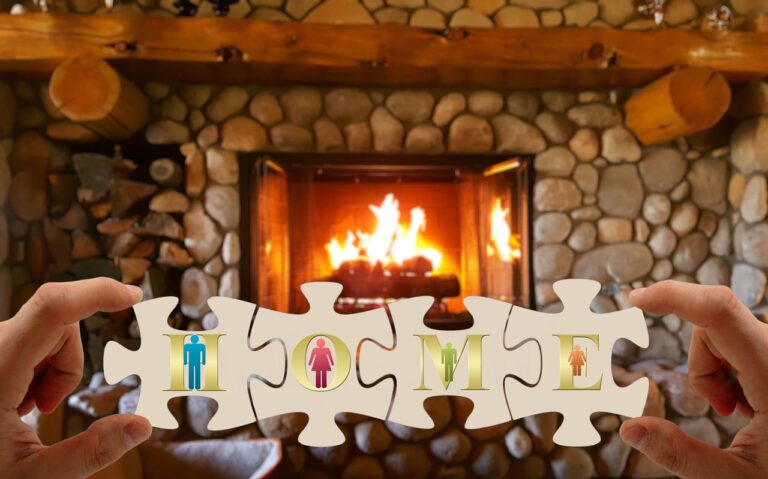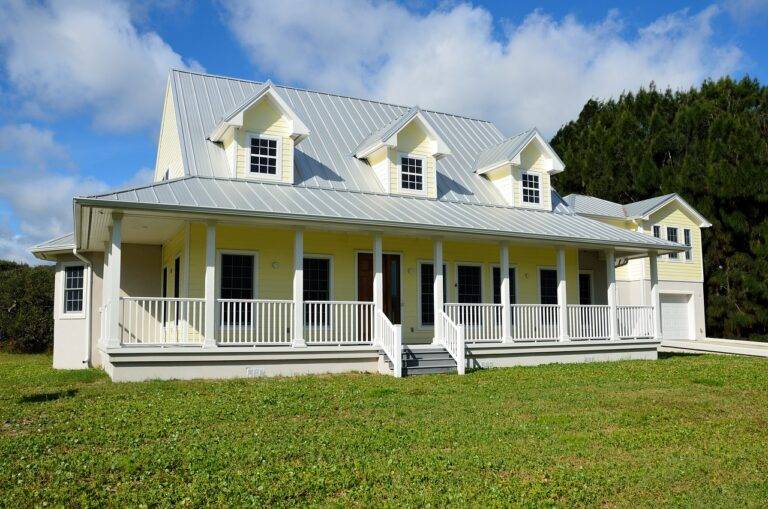The Influence of Industrial Farmhouse Design in Home Improvement
When it comes to industrial farmhouse design, one of the key elements is the use of raw materials such as wood, metal, and concrete. These materials add a sense of rustic charm and authenticity to the space, creating a unique blend of industrial and farmhouse aesthetics.
Another essential element of industrial farmhouse design is the incorporation of vintage and antique pieces. These pieces not only add character to the space but also help to create a sense of history and nostalgia. From old wooden crates to vintage signs and lighting fixtures, these pieces are crucial in achieving the industrial farmhouse look.
History and Origins of Industrial Farmhouse Design
Industrial farmhouse design draws inspiration from the convergence of two distinct styles: industrial and farmhouse. The origins of this design aesthetic can be traced back to the late 19th and early 20th centuries when industrialization started to shape the way buildings were constructed and decorated. During this period, the need for functional and efficient spaces led to the rise of industrial architecture, characterized by exposed brick walls, metal piping, and large open spaces, often found in factories and warehouses.
On the other hand, farmhouse design originated from the practical and simple dwellings found in rural areas. Farmhouses were built using natural materials such as wood and stone, with functional layouts and cozy, inviting interiors. The blending of these two styles gave birth to industrial farmhouse design, which combines the raw, utilitarian elements of industrial architecture with the warmth and charm of farmhouse decor. This unique design style strikes a balance between modern sleekness and rustic coziness, creating spaces that are both aesthetically pleasing and highly functional.
Characteristics of Industrial Farmhouse Design
Industrial farmhouse design is characterized by its blend of rustic and modern elements, creating a unique and charming aesthetic. Exposed brick walls, reclaimed wood, and metal accents are common features that add a sense of history and authenticity to the space. The use of industrial lighting fixtures, such as metal pendants and wall sconces, further enhances the overall design scheme of industrial farmhouse interiors.
In terms of color palette, industrial farmhouse design tends to favor neutral tones like whites, grays, and browns, creating a sense of warmth and coziness in the space. These understated colors help to highlight the raw and natural materials used in the design, adding to the overall industrial feel. Additionally, incorporating vintage furniture pieces and decor items, such as old wooden crates, metal signs, and antique hardware, helps to further enhance the rustic charm of industrial farmhouse design.
What are some key elements of Industrial Farmhouse Design?
Some key elements of Industrial Farmhouse Design include exposed brick or wood beams, rustic furniture, metal accents, and reclaimed wood materials.
Can you explain the history and origins of Industrial Farmhouse Design?
Industrial Farmhouse Design originated from the combination of industrial elements with rustic farmhouse aesthetics, blending the old with the new to create a unique and stylish look.
What are some characteristics of Industrial Farmhouse Design?
Some characteristics of Industrial Farmhouse Design include a mix of modern and rustic elements, vintage or antique decor pieces, neutral color palettes, and a focus on practicality and functionality.







